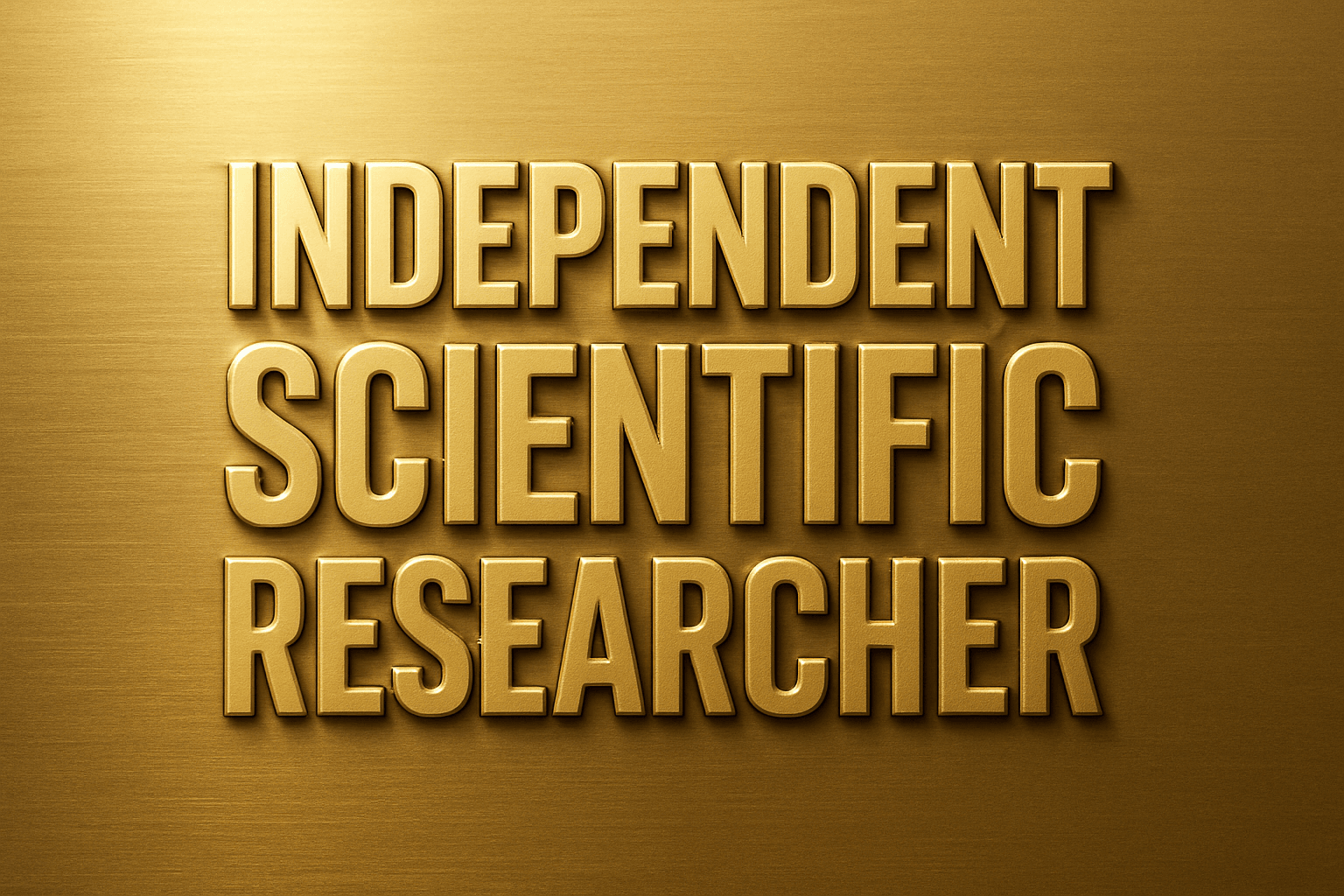The Toxic Relationship Between Gold (Au), Mercury (Hg), Artisanal and Small-scale Gold (ASG) Miners, Health Threats, Local and Global Biodiversity Destruction - Revealed.
It is well documented ~ 15–20 million impoverished artisanal and small-scale gold (ASG) miners worldwide- all largely suspected of having undiagnosed mercury poisioning, collectively produce 20 – 25% of the world’s total annual gold supply valued at ~ USD $30 billion mostly using mercury (UNEP Global Mercury Partnership report, 2023).
However, their reliance on mercury —a potent neurotoxin poses severe risks to human health affecting the digestive, damage to the central nervous system, immune system, pulmonary, and thyroid systems, and leading to neurological conditions such as memory loss, insomnia, tremors, neuromuscular impairment, headaches, and even paralysis according to the World Health Organization (WHO), Mercury and Health Fact Sheet, 2017.
According to the UNEP Global Mercury 2018 Assessment report, an estimated 2,000 tonnes of mercury is released annually to the environment by artisanal and small-scale gold (ASG) miners.
However, Yuyun Ismawati, co-founder of Nexus3 Foundation, an Indonesian environmental group and a recipient of the 2009 Goldman Environmental Prize reports, “illicit manufacturers in Indonesia produce more than 10,000 tonnes of mercury a year” (Richard C. Paddock, 2019).
Mercury is Omni Present - it never goes away!
As much as 95% of all mercury used in artisanal mining (ore processing) is released and discharged into the environment constituting a danger on all fronts – economic, environmental, and human health (UNIDO, 2005).
Atmospheric mercury pollution, documented to stay airborne up to one year (Oxford University earth scientists, 2021), impacts all people on Earth including unborn children who are especially at the greatest risk (Bose-O'Reilly S, et al 2010).
Atmospheric mercury precipites back to Earth in the form of rain, snow, and fog contaminating the land and polluting the waters globally.
The Lancet Commission on pollution and health, found that pollution was responsible for an estimated 9 million deaths (16% of all deaths globally), and for economic losses totaling US$ 4.6 trillion (6.2% of global economic output) in 2015 (Richard Fuller, et al 2022).
Manipueira Gold Recovery Technology, Inc. (f.k.a. Alchemy Mining Group, Inc.) - founded on the principles of sustainable science and health protection.
December 2022, Partner: UNEP (United Nations Environment Programme) Global Mercury Partnership.
Areas of work include Artisanal and Small-scale Gold Mining (ASGM) and Mercury Waste Management.
April 2022, Member: International Commission on Occupational Health (ICOH), a Scientific Committee in Mining Occupational Safety and Health (MinOSH).
Years of research conducted at the Norman B. Keevil Institute of Mining Engineering, University of British Columbia (UBC), demonstrated a modified Merrill-Crowe gold cementation process (MMCP) using Manipueira-a toxic agricultural waste byproduct from processing the cyanogenic bitter cassava plant as a lixiviant, recovered 99.3% of gold from ore concentrates and 99.6% from mercury-contaminated tailings in just two hours (Marcello M. Veiga & Pariya Torkaman, 2021).
All cyanide in this method is fully consumed during leaching mitigating releases to the environment and health threats (Pariya Torkaman, 2023).
This circular economy approach not only transforms an agricultural waste into an industrial solution but also reduces the health and environmental risks associated with mercury- a powerful neurotoxin and synthetic cyanide salts use.
By comparison, Mercury is scientifically documented to only recover up to 30% of the ore gold with the rest being lost to tailings wastes (Marcello M. Veiga and Omotayo Fadina, 2020; Marcello M. Veiga et, 2014).
These wastes are either discharged directly into the rivers or stored in ponds for subsequent processing by the center owners using synthetic cyanide salts which recovers the remaining ~70% of the gold- up to 3 times more gold than the artisanal miners recovered using mercury.
Bitter Cassava Plant
In 2021, the global bitter cassava plant harvesting was estimated at 308 million tonnes (Blue Sense, 2023).
An estimated 800 million people in 80 countries including 500 million in Africa depend on the root as their main staple (Fran Robson et al., 2023).
Thirty – forty percent of the plants weight is the cassava wastewater (a.k.a. Manipueira) solution containing aqueous free cyanide (P. Torkaman et al, 2021).
Hence, an estimated 120 million tonnes of cassava wastewater is recklessly discarded to the environment annually by flour makers.
Manipueira, which stinks when fermented, attracts insects, creates health threats, causes biodiversity destruction, contaminates the soil, drinking water, irrigation water contaminating the crops, and polluting the rivers.
The cyanogenic bitter cassava plant does not contain cyanide (CN-), it's produced by an internal chemical reaction as a defense mechanism triggered only when the integrity of the cellular structure is compromised for example by preditors or flour manufactures crushing the plant.
The symbiosis of artisanal ore processors and flour makers is a win-win situation to reduce environmental pollution, health threats, and mitigating an unintended consequence of harvesting the bitter cassava plant.
Our technology, rooted in environmental, social, and governance (ESG) principles, is more than just a technical innovation—it's a climate action initiative. By converting existing mercury and cyanide-based processing centers to Manipueira leaching operations, we aim to protect communities, preserve ecosystems, and increase gold yields.
With growing global demand for responsible mining solutions, we believe Manipueira represents a significant investment opportunity with the potential for both financial returns and positive environmental impact.
